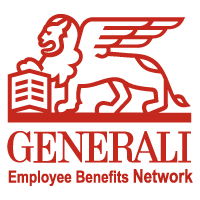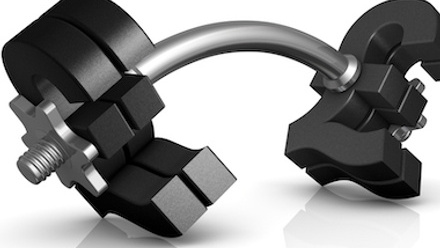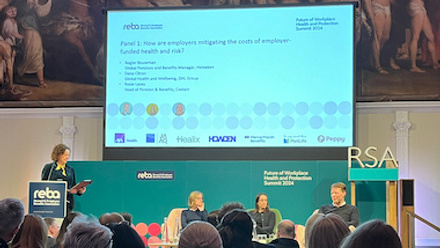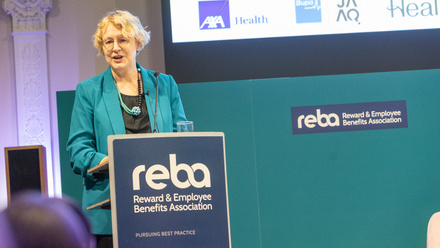Five reasons why captive reinsurance works for global pension risk management

A captive is a technical funding vehicle, but we don’t need to get into the nitty gritty here. In simplest terms, it’s your very own reinsurance company – set up by your business to handle your risk and your risk alone: from property and casualty (P&C) to employee benefits (life, accident, disability, medical and pension). A Network helps you manage and administer the captive, bringing together a collaboration of independent insurer partners from around the world. Through association, it also affords the captive financial strength and security.
So, what advantages does it bring? A captive allows you to bundle together all your local and global insurance contracts in one place. And instead of the risk of all those contracts going to their respective global and local reinsurers (as per the usual model of insurance), the captive entity takes on the risk. This can bring to companies considerable cost savings – typically in the region of 25% or more – in that any premium surplus’s after claims go to you rather than to the insurers who issued the contracts, plus the economies of scale afforded by the captive might allow for pricing negotiations with insurers.
It also gives you more flexibility with regards to product design, terms and conditions. Plus, you gain a level of control. Captives allow for central oversight of your entire employee benefit (EB)/P&C programme. This helps you to potentially: mitigate risk; reduce volatility; stabilise costs; improve business intelligence; and gain enhanced service at local country level.
Open for pensions
Captives aren’t commonly used for pensions. But this is changing with some leading global brands now reaping the rewards of including their pension plans in such an arrangement.
To explain why this makes sense, consider this hypothetical – yet typical – scenario.
Multinational company A, headquartered in the UK, made the shift from a Defined Benefit (DB) to a Defined Contribution (DC) pension scheme some time ago to help it make savings. With this, however, came a trade-off. Although closed to new members, costs and uncertainties around the DB scheme remained: largely related to interest rate and longevity risk.
What’s more, company A has compounded its pension issues through acquisitions, picking up pension plans from around the world that are all managed differently and, more than likely, not efficiently.
Company A has an established captive arrangement in place to house its EB/P&C risks. It had never considered including its pension plans before, but recently worked with its global EB consultant and Network provider to do so.
Company A is now enjoying a one-stop-shop for all its pensions plans, bringing investment control of pension funds previously out of its reach (because this responsibility sat in the pension trustees’ hands alone), with the ability to repatriate surplus, while also providing the trustees with additional security through the financial strength insurer.
To sum up, captive reinsurance might be ideal for your global pension risk management because:
1. Obtain cost efficiencies and financial flexibility
Without a captive, any surplus is trapped at the pension fund level. With a captive, you may be able to access the surplus and withdraw it from the scheme when there is an over-performance of the assets or the liabilities decrease (due to an increase in any discount rates). Additionally, cost reductions may be achieved through economies of scale. For offshore domiciled captives, potential tax or capital efficiencies may also apply.
2. Have control of your investment solutions
Your pension trustees might hold all the responsibility for investment decisions which isn’t necessarily ideal to deliver the results you need to meet your long-term liabilities. With a captive, on the other hand, all the investment decisions could be handled by the captive managers: experts in long-term allocation and asset selection. In addition to the potential for higher financial returns, this also allows for more lateral thinking, with any over-performance of the assets used to fund other captive plans (if in deficit).
In short, control of the investment strategy goes back to the company. This, in turn, frees up the trustees to focus on the scheme itself. Greater security may also be afforded for the trustees as the pension scheme becomes insured by the captive acting as reinsurer.
3. Pensioners are living longer and need to be protected
This aspect doesn’t require much explanation. We’re all living longer, which means that pensions need to last longer. Add this fact to the low interest rate environment and the conservative investment strategies typical of most pension plans, and it’s clear that doing more of the same just won’t work, as has been evidenced by some very high-profile collapses of company pension funds.
Because of the way a captive is structured, affording the advantages of diversification, longevity risk can be mitigated. It also gives you access to the longevity swap reinsurance market.
4. The trend is towards decentralisation, but HQ is still ultimately responsible for the risk
As mentioned above, you have little control over your pension scheme at present as that all sits in the trustees’ hands. With a captive, you gain centralised risk mitigation. Arguably, this is more important than ever as the trend for companies shifts towards decentralisation. This affords your local subsidiaries a certain degree of autonomy and control, but in order to ensure effective risk mitigation, global oversight is also important.
5. Diversified portfolios will always be needed for maximum returns and minimised risk
Finally, adding your pension plans to an existing EB captive gives you a greater opportunity to diversify the risk, thereby further reducing your longevity and financial risk.
Zulu Khan, head of de-risking solutions, at Generali Global Pension (GGP).
This article is provided by Generali Global Pension (GGP).
In partnership with Generali Employee Benefits Network
Generali Employee Benefits' solutions are to protect and enhance the wellbeing of their workforce.







